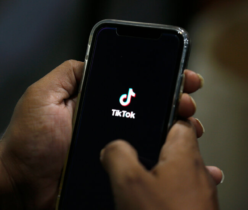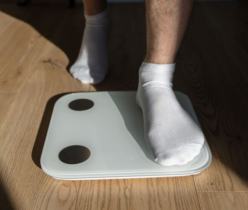Women suffer from migraines more often than men. Around one in seven women suffer from migraines around their period. The main trigger for the severe migraine attacks in these women is hormonal fluctuations.

Migraine: Frequency and differences between women and menMigraines are considered a typical women’s problem. This is not surprising. According to a survey by the Robert Koch Institute from 2020, more than twice as many women in Germany suffer from migraines as men . Almost 15 percent of women are affected, compared to only 6 percent of men. Migraines most frequently occur in younger years in both sexes. In women, they mainly occur between the ages of 18 and 29, while men are more likely to suffer from migraines in their 30s. Men also have an advantage when it comes to pain intensity: They are more likely to have mild to moderate pain, while women are more likely to report moderate to severe pain. A ray of hope for all those affected: for most people, migraine attacks steadily decrease with age – for both women and men.
Migraine and headache – what is the difference?
There are different types of headaches . The most common are tension headaches . They are less severe than migraines , but can be just as stressful if they last for a long time. Tension headaches are usually dull and oppressive, and can affect the whole head or just individual areas such as the forehead. Mild pain usually requires no further treatment; the headache goes away on its own. If the pain is more severe, over-the-counter painkillers can help. Incidentally, tension headaches are just as common in men as they are in women.
What causes migraines in women?
The exact causes of migraines are not yet known . In addition to the predisposition to migraines and the associated neurophysiological characteristics, there appear to be external and internal trigger factors that then cause specific symptoms. These can include stress, emotional strain, a change in sleep-wake rhythm, alcohol or cigarettes . In women, hormonal fluctuations during the menstrual cycle are also a risk factor for menstrual migraines. Unfortunately, migraine attacks before or during menstruation are often longer and more intense. During pregnancy, however, many women do not experience migraine attacks. After the menopause, they disappear completely in many, but not all, women.
Migraine and hormone levels
Women are often particularly affected by severe headaches at the end of a menstrual cycle. Migraines occur during their period – between two days before and two days after their period. There is evidence that, in addition to the falling hormone levels at the end of the menstrual cycle, the neuropeptide CGRP also plays a role. CGRP is an inflammatory messenger produced by the body that greatly expands the blood vessels in the brain and can therefore cause headaches.
Symptoms of menstrual migraine
Hormonal migraines occur in most women shortly before, during or after their period. Symptoms include:
- Headache attacks that can last for several days
- often one-sided, pulsating or throbbing pain
- moderate to severe pain that increases with activity
- Nausea and vomiting
- increased sensitivity to light, smells and noise
Some women also experience menstrual migraines with an aura. This is the name given to neurological symptoms and disorders that occur shortly before the migraine attack. These include visual disturbances such as flashes of light, speech disorders, abnormal sensations, paralysis or dizziness.
Treating headaches during your period
Women who suffer from severe migraine attacks around their period should discuss this with their doctor. Migraine itself cannot be cured, but the headaches and accompanying symptoms can be treated. In general, acute menstrual migraine attacks are treated in the same way as other migraine attacks. The focus is on providing the most effective and individual pain relief possible. Many women have also had positive experiences with non-medicinal methods for mild symptoms.
If the symptoms are severe, medication can help to interrupt the attack and get through it. These include painkillers such as aspirin, ibuprofen or a combination of aspirin, paracetamol and caffeine, which should be taken as early as possible at the beginning of the attack. There are also special migraine medications such as triptans . If these medications do not help, are not tolerated or cannot be taken for other reasons, so-called CGRP inhibitors can also be considered. Opioids should not be used. It should be noted that excessive use of painkillers can lead to headaches becoming chronic. Therefore, the use of medication should always be discussed with the treating experts.

